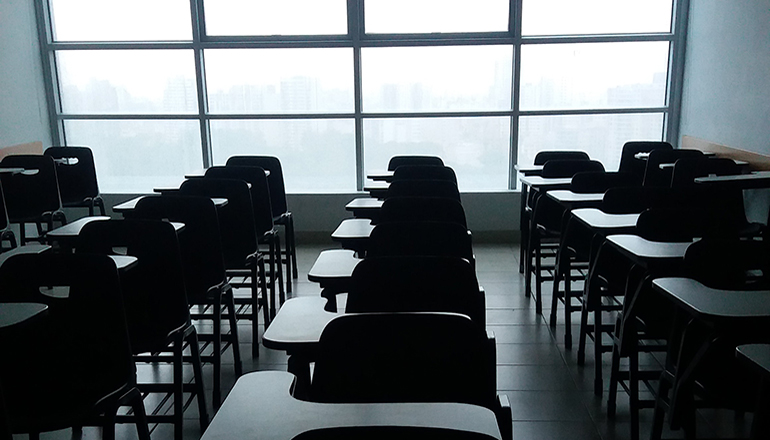Remedial education rates continue to decline at Missouri’s public colleges and universities, potentially reducing the amount of time and money it takes for many students to earn a degree.
The Missouri Department of Higher Education & Workforce Development recently published its Annual Report on the Condition of College and Career Readiness, showing the number of students needing remedial courses has steadily decreased since the implementation of recommended changes to remedial education policy in 2015.
The report shows the percentage of first-time students who needed math remediation decreased from 35.6 percent in 2014 to 29.8 percent in 2019, a 16.3 percent decrease. That number has also decreased among all undergraduates, from 25.1 percent in 2014 to 19.3 percent in 2019. Similar indications have been made with English remediation.
The data suggest this is a result of all public postsecondary institutions incorporating multiple measures for course placement, instead of relying solely on ACT or SAT subscores. Using multiple measures, including high school GPA, provides more opportunities for students to be placed directly into credit-bearing gateway courses and is a more holistic evaluation of students’ abilities, as well as a better predictor of student success.
Students who must complete prerequisite remedial courses before they can enroll in credit-bearing courses often have to spend an extra semester or more in college and are far less likely to graduate. The additional time in school can also increase college costs and result in more student loan debt. The ultimate goal of remedial education is to help underprepared students pass entry-level, college credit-bearing courses.
Colleges and universities are helping those students who need remediation through a corequisite model, where students earn credit toward graduation while they complete their remedial coursework. Both enrollment and passing rates in corequisite courses have improved in recent years throughout the state. The percentage of students enrolled in a corequisite remediation who passed their gateway math course with a C or better almost doubled from 2014 to 2018, from 37.9 percent to 75.1 percent.
“We’re pleased to see our universities’ efforts to include multiple placement measures and to encourage corequisite coursework are helping students succeed,” said Zora Mulligan, commissioner of higher education. “These changes are helping students finish their degrees, and with lower costs.”
Corequisite courses provide additional academic support. These supports may include tutoring, mentoring, labs, and workshops – to help students master the subject matter and succeed in the course. A majority of public colleges and universities now offer credit-bearing corequisite courses in both math and English. As the corequisite model of remediation becomes more widely implemented, and more students enroll in this model of remediation, these successful outcomes should continue to increase over time.
The report also notes areas where improvements are still needed. African American students are underrepresented in corequisite enrollments at four-year universities and are overrepresented among total noncredit-bearing prerequisite enrollments. In addition, adult learners and part-time students are more likely to enroll in prerequisite courses than corequisite.







